 |
 |
|


|
设计名称 |
水平连铸机液压系统总体设计 |
 |
|
设计编号 |
B107 | |
|
设计软件 |
AutoCAD, Word | |
|
包含内容 |
见右侧图片 | |
|
说明字数 |
18000字 | |
|
图纸数量 |
见右侧图片 | |
|
推荐指数 |
较高 | |
|
价格: |
价格优惠中 | |
|
整理日期 |
2013.9.26 | |
|
整理人 |
小林 | |
|
购买流程 |
<查看如何购买本站设计> |
|
设计简介 |
设计描述:
文档包括: CAD版本图纸,共20张 水平连铸机液压系统总体设计
摘 要:本文主要讲述了水平连铸机液压系统的设计,其中包括动力站部分和各执行部分的设计说明。该系统主要用于水平连铸机的动力装置,控制各工作点油缸动作,由于该系统配置有液位液温器、压力继电器(HED10A20)、电磁阀、溢流阀、安全阀等,因此可对系统的油液温度、系统压力等实现远程监控,其结构设计紧凑、操作方便、性能可靠、节约能源是水平连铸机液力装置的理想配套液压设备。其主要特点是:采用电磁阀与电器控制系统进行顺序控制,与中央控制系统兼容,自动化程度高。双流控单向阀液压锁精确定位,同步动作采用分流集成阀实现。 Design of Horizontal Continuous Casting Machine Hydraulic System
Abstract:This paper describes the design of horizontal continuous casting machine hydraulic system, including the design note of power stations and some of the operative part. The system is mainly used for horizontal continuous casting machine power plant, control the working point of tank movements, As the system configuration on oil level and temperature controller, pressure relay (HED10A20),solenoid valve, relief valve, safety valve and so on, so the system can control the oil temperature, system pressure and other remote control, the design of the structure is compact, convenient ,reliable and energy conservation, Its main features are like: the use of electromagnetic valves and electrical control system for sequential control, and compatibility central control system, a high degree of automation. one-way valve control hydraulic lock to control the precise positioning, synchronous movement adopted a triage integrated valves.
目 录 |
|
部分图纸 截图 |
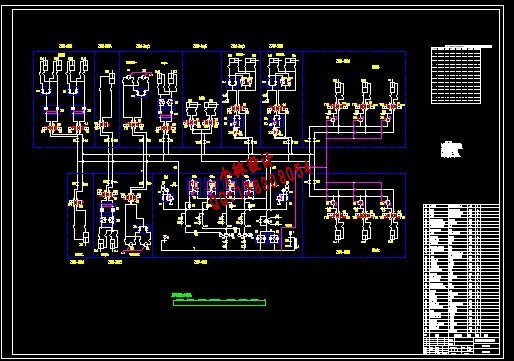 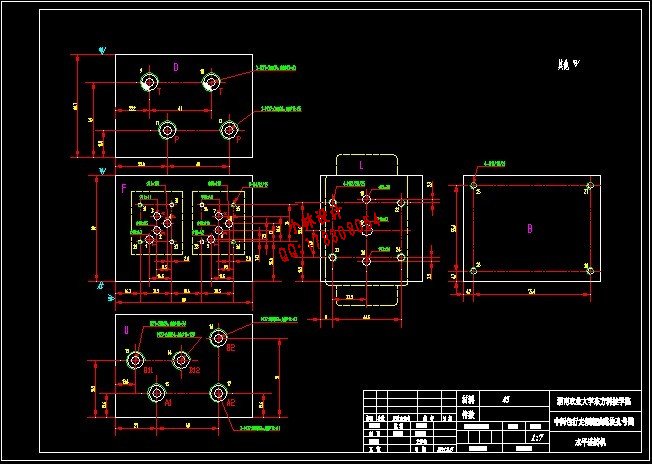 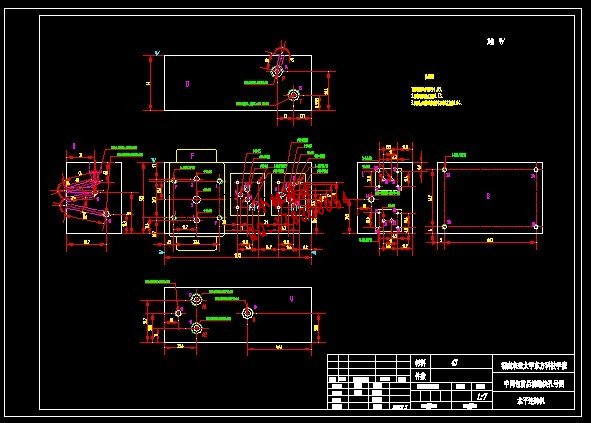 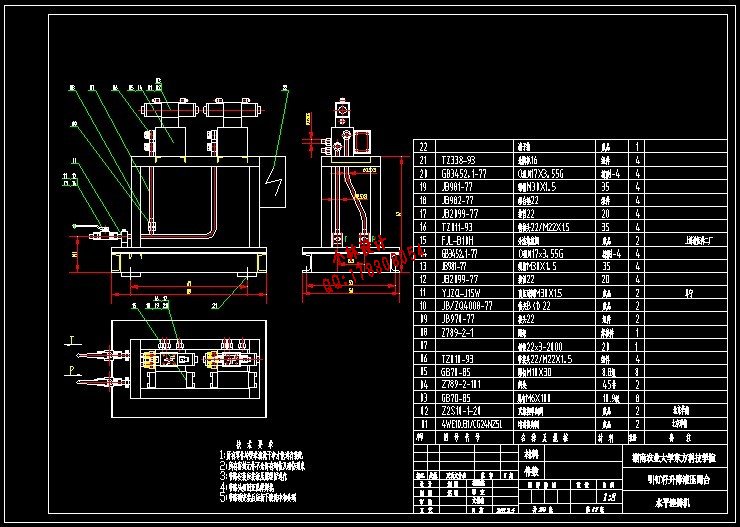  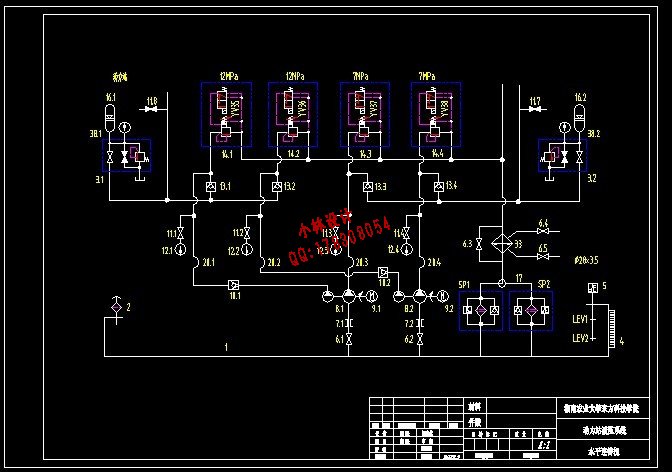 |
|
说明: |
如需了解本设计的具体详细信息请联系本站客服,说明看哪个设计(编号)哪个详细部分,我们将远程或截图给您观看. 机械毕业设计|论文 |

| [要求PR≥2,百度收录≥1000页;联系QQ:178308054] |
Powered by 小林机械资料商城 © 2013-2020 All Rights Reserved. 客服QQ:178308054
喜欢www.xiaolinbysj.com,请告诉你QQ上的5位好友,多谢您的支持! 皖ICP备2021006205号-1
